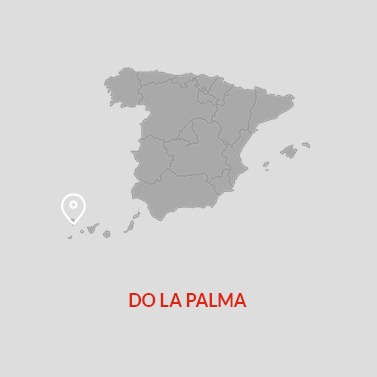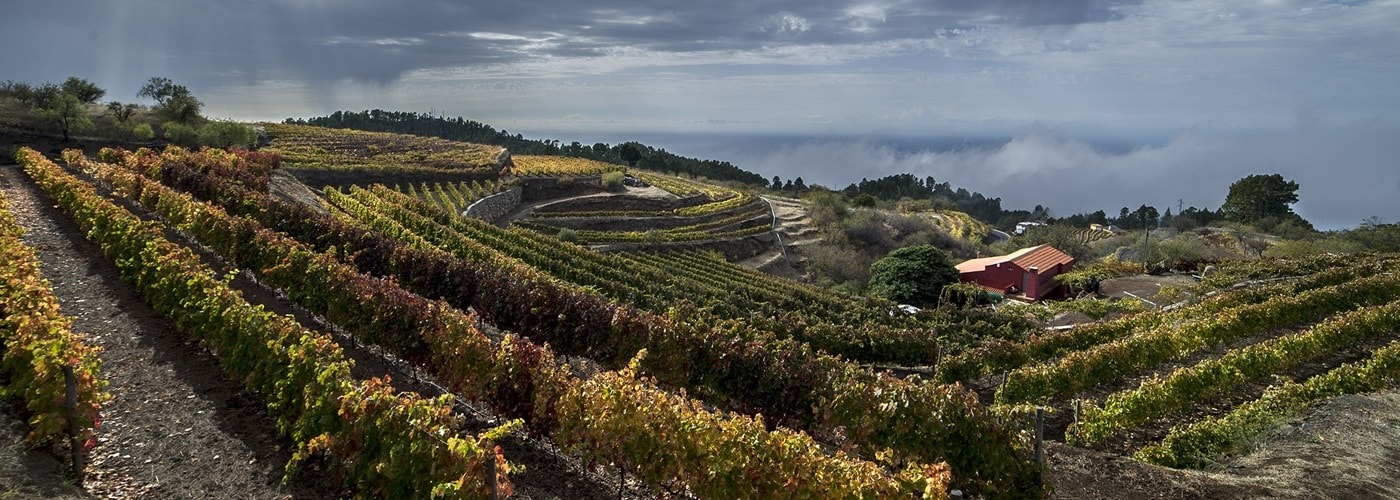1,040 hl
You are here
La Palma DO


On this magically lush island, the most north-westerly of the Canaries, the vineyards remain small and fragmented, clinging to the land where there is space among bananas and other crops.
They are divided into three clear subzones marked out by the island's abrupt contrasts of landscape and climate. Apart from young reds, whites and rosés, and excellent traditional dessert Malvasía wines, La Palma produces its artesanal Vinos de Tea, sold straight from the barrel - their quality control is supervised by the DO.
Regulatory Council
Consejo Regulador DO La Palma
C/ Esteban Acosta Gómez nº 7
38740, Fuencaliente de La Palma
Santa Cruz de Tenerife
Tel.: +34 922 444 404
vinoslapalma@vinoslapalma.com
vinoslapalma.com
Sources
- Spanish Ministry of Agriculture
- Regulatory Council, La Palma PDO
They are divided into three clear subzones marked out by the island's abrupt contrasts of landscape and climate.


593 ha.
The vineyard is located in a strip that borders the entire island and that goes from 200 to 1100 meters of altitude.
In the North sub area, soils very evolved with vegetal earth layer. In the other two sub areas, younger soils, less evolved and without vegetal earth, with layer of sand or picón.
Albillo, Bastardo Blanco, Bermejuela, Bujariego, Burrablanca, Forastera Blanca, Gual, Listán Blanco, Malvasía, Moscatel, Pedro Ximénez, Sabro, Torrontes and Verdello.
Almuñeco or Listán negro, Bastardo Negro, Malvasía Rosada, Moscatel Negro, Negramoll, Castellana, Listán Prieto and Tintilla.
10,000 kg/ha
74%
5,790 hl
9,980 hl








